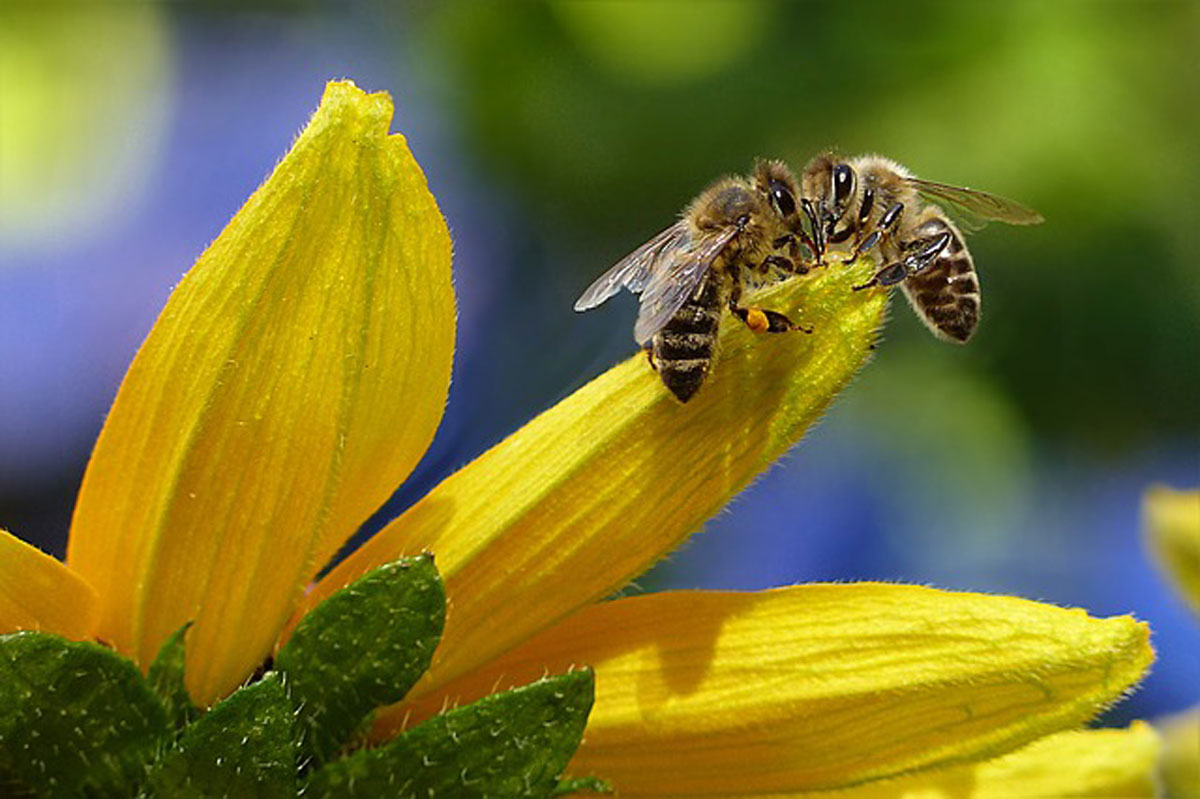What is a Pollinator?

Honey Bee
What is a pollinator?
While some plants are self pollinating and others may be fertilized by pollen moved by wind or rain, many rely on pollinators to do this work. A pollinator is anything that moves pollen from the male part of a flower to the female part of the same flower or another flower. Bees and butterflies often come to mind when people think about pollinators. Moths, flies, wasps, beetles, birds, and bats are also pollinators.
Why are pollinators important?
The movement of pollen from flower to flower is necessary for fertilization and the production of fruits, seeds and new plants. It is estimated that pollinators are responsible for bringing us one out of every 3 bites of food we take. This is because they increase crop yields and help sustain our natural ecosystems. They also produce our natural resources by increasing plant reproduction. And it is also estimated that 75% of flowering plants on our planet are pollinated by insects and animals. These plants stabilize our soils, clean our air, and provide habitats for animals. When you do this math, it’s obvious how important these little being are to all of us!
Why is everyone talking about pollinators right now?
It’s simple; loss of habitat. As the human population grows, natural habitats shrink. These natural habitats are essential for pollinators in a variety of ways such nesting, foraging and overwintering. Hard surfaces such as concrete, cement and metal have replaced many previously vegetated areas. This has decreased areas for ground-nesting pollinators and for pollinator foraging.
How can we support pollinators?
- Provide habitat (this can be as simple as keeping a natural area as a natural area)
- Follow all lawn and garden chemical applications as directed
- Plant pollinator plants (see our blog post here)
- Utilize native plants such as Milkweed in your garden
- Seed with pollinator plant native wildflower seed mixes in natural areas.